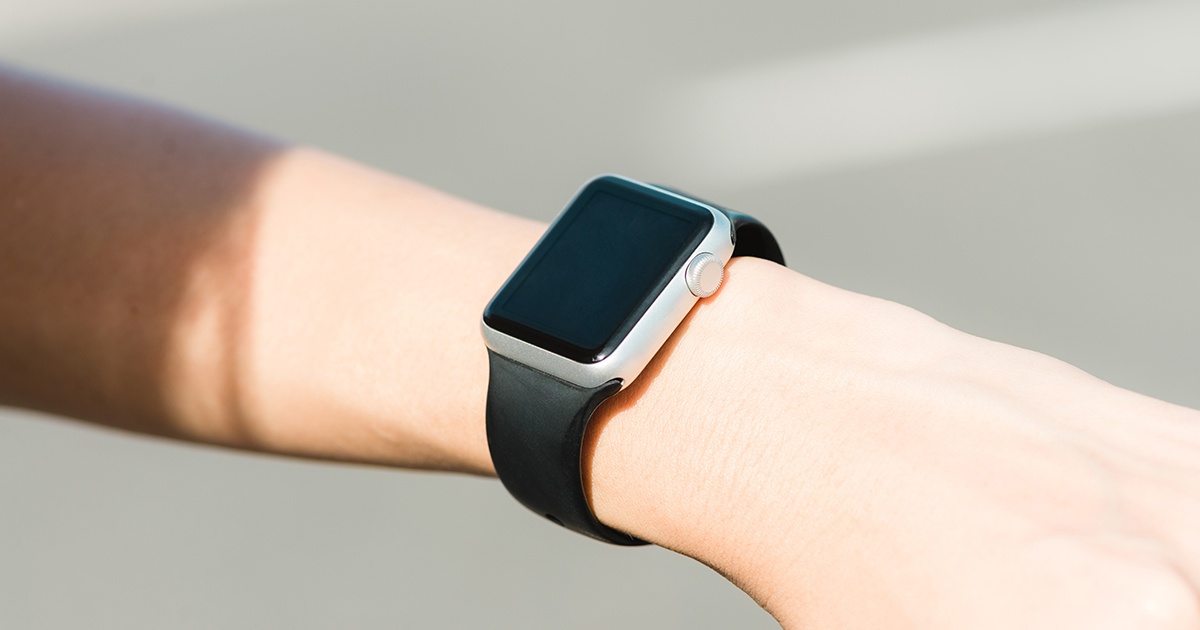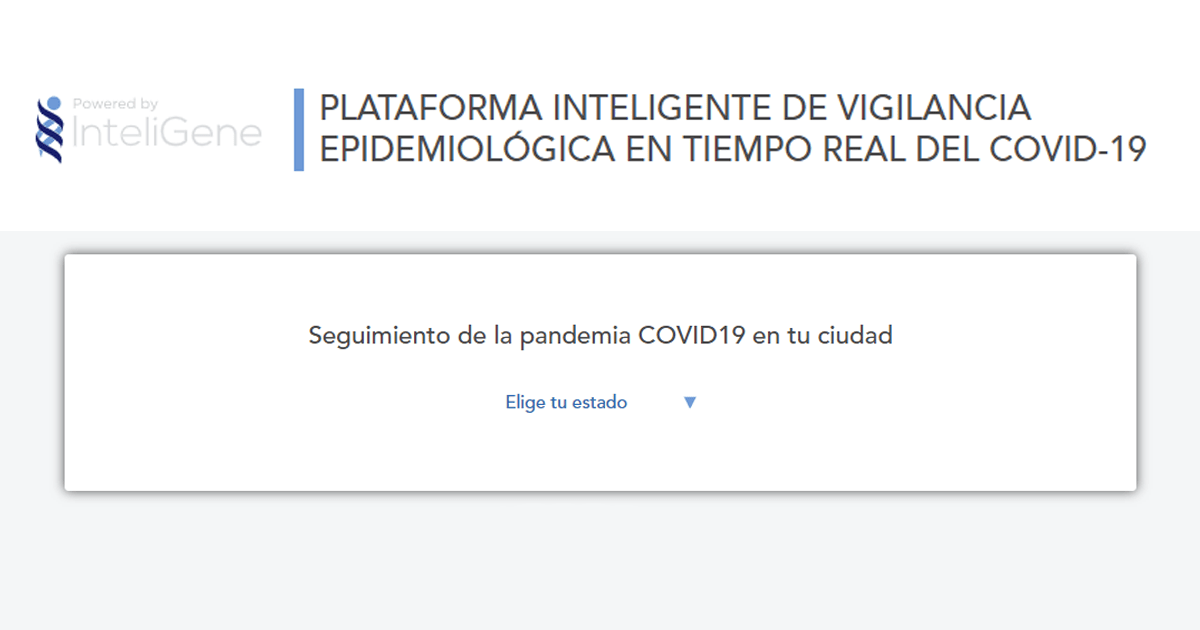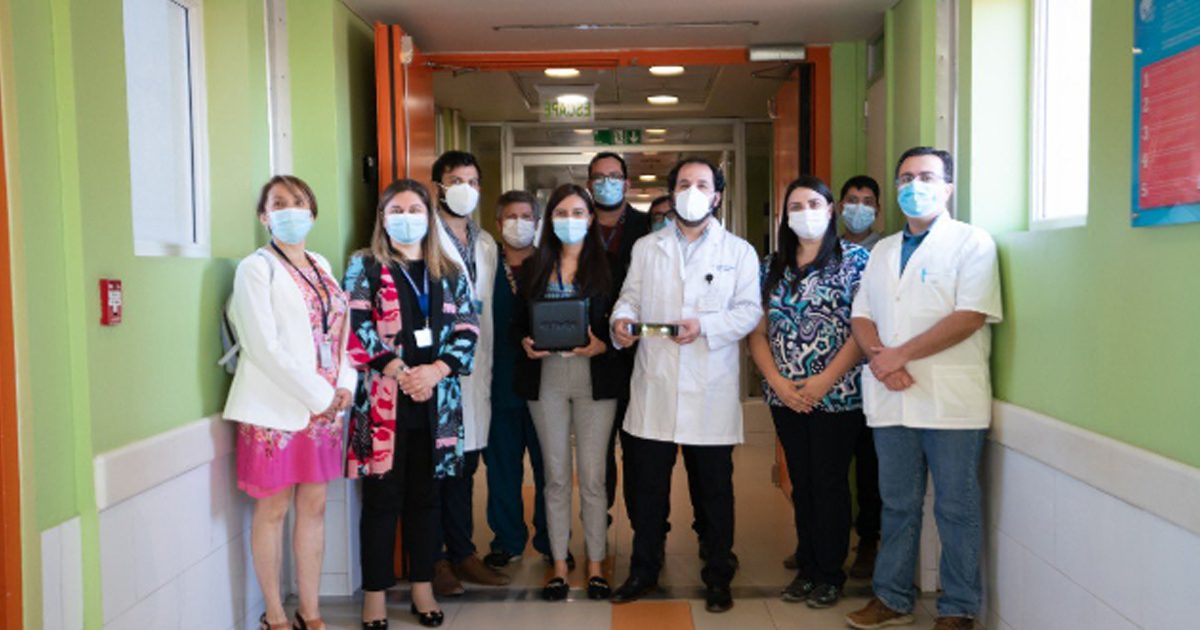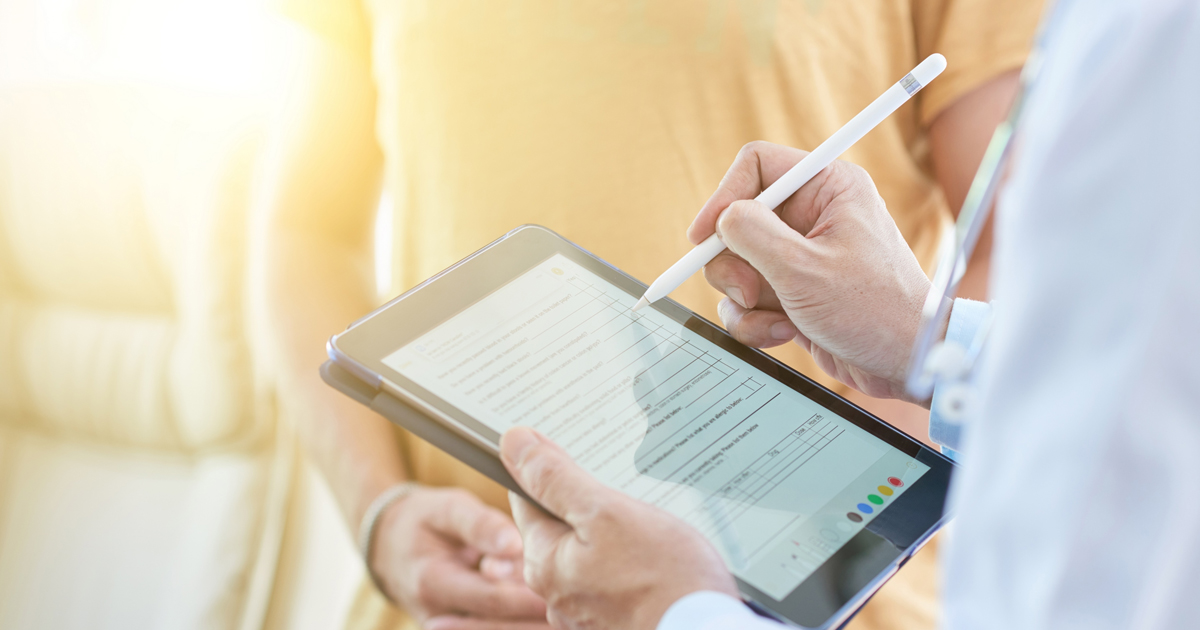Through mobile devices also known as smartwatches, it is possible to measure breathing rate, heart rate and health metrics that are associated with COVID-19 symptoms.
The journal npj digital Medicine, recently published the article: “Assessment of physiological signs associated with COVID-19 measured using wearable devices”. Breathing rate, heart rate, and heart rate variability (HRV) were the three metrics evaluated for this study, as all three are easily measured by smart devices. Moreover, they are signs that could determine whether there are early signs of coronavirus disease.
To conduct the study, they collected data from more than 30,000 PCR tests, of which 2,745 people were diagnosed with COVID-19, with an active infection from May 21 to September 11, 2020, who were the final participants. The more than 2 thousand participants had a smartwatch intelligent device. smartwatch.
Among the male participants, 11.9% were asymptomatic, by 11.2% of the female participants. 48.3% of the men recovered at home and 47.8% of the women, as for those who required hospitalization (without ventilator), it was 9.3% of the men and 6.6% of the women. Among the patients who did require assisted ventilation, they reported 0.5% in men and 0.4% in women.
Regarding symptoms, participants reported 21 symptoms, whose prevalence depended on the sex of the participants. Fatigue was the symptom that was most present among participants, 66.1% of men, by 76.1% of women. Followed by fever with 59.4% of men and 52% of women.

The study introduced a simple formula for estimating the need for hospital care in participants, this formula considered the symptoms of disease and self-reported symptoms such as diabetes, hypertension, among other chronic diseases age, sex and body mass index (BMI). The main variable predicting the need for hospitalization was difficulty in breathing, as well as gastrointestinal symptoms such as vomiting and loss of appetite were indicative of serious illness. On the other hand, sore throat and stomach pain were the least likely for hospitalization.
The significance of this study also had its strength in self-reported symptoms. The authors recognized that, despite the number of predictions made, 196 out of 2179 in need of hospitalization, the study “provides an important scientific contribution by suggesting (a) hospitalization risk can be calculated from self-reported symptoms, and (b) relevant and predictive physiological signs related to COVID-19 may be detected by consumer wearable devices”.






